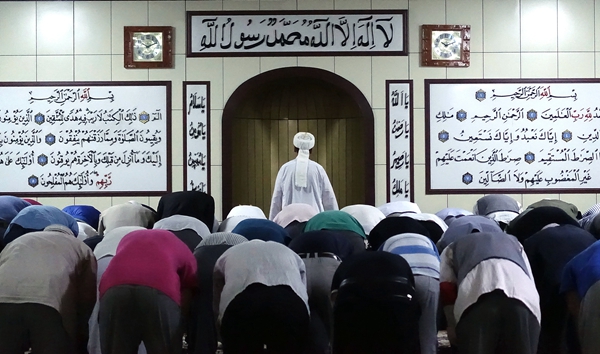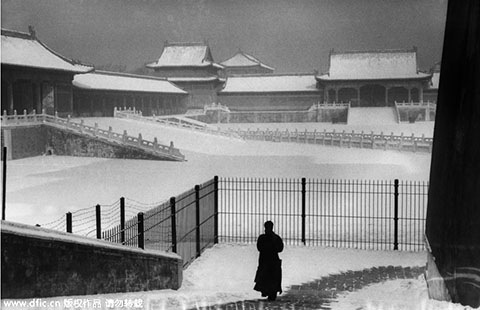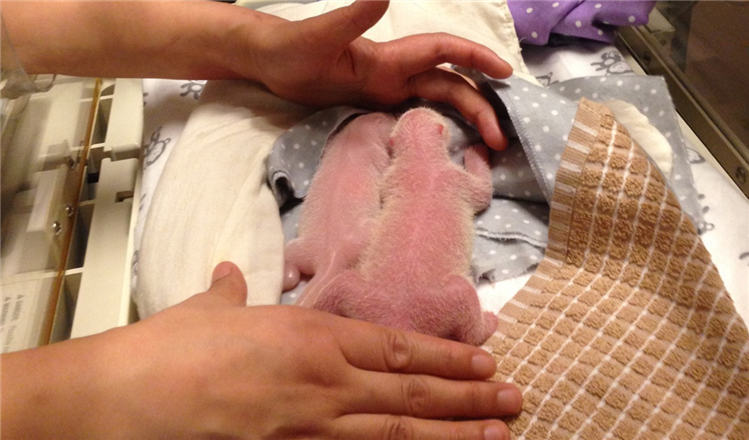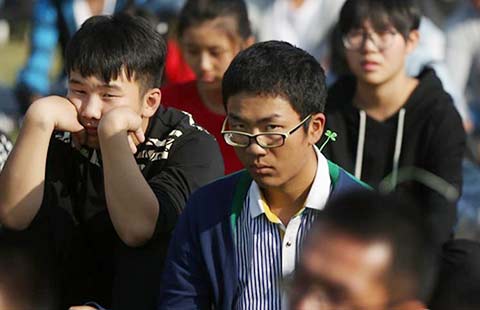Uninsured clergy face retirement crisis
Updated: 2015-10-14 07:38
By Xu Wei(China Daily)
|
||||||||
 |
|
Muslims worship at a mosque in Urumqi, capital of the Xinjiang Uygur autonomous region, on Monday.[Photo by Wang Zhuangfei/China Daily] |
Another major problem is medical care. Although the diocese has a clinic, it can only provide very basic medical services.
"So the problem is, when the priests or nuns become ill, they must pay their own medical bills. The diocese wanted to help, but we cannot because we are having difficulties making ends meet," Ding said.
Zhang, of the Taoist association, also noted that the medical fees of some priests have eclipsed the capacity of some temples to pay.
"Without medical insurance, it would cost tens of thousands yuan for the treatment of a severe illness," he said.
For one Taoist priest in Beijing who was diagnosed with kidney failure, the cost of treatment exceeded 1 million yuan ($157,900), Zhang said.
That was one of a number of cases of serious illness pushing an entire temple into financial difficulty, he said.
Coping with a crisis
Many clergymen said the support of local authorities is crucial to averting a potential social security crisis. In some areas, such as Beijing, Chongqing and the Tibet autonomous region, local authorities have offered to cover all fees required for the clergy to join the country's social security system.
Since 2012, all monks and nuns in the Tibet autonomous region have pension and medical insurance policies, which are aimed at extending their service to religious sites. According to the regional government, Tibet invested more than 1.3 million yuan in the new policies.
"In the past, if I needed to see doctors, I paid a majority of the cost and the monastery paid some. Now I pay very little, and medical insurance and the monastery cover most costs," said Gelek Gyatso, a monk master and the lead chanter at Lingbu Monastery.
The monastery in Xigaze, Gyangze, is small with one living Buddha and 16 monks.
One 41-year-old monk who suffered renal failure received a kidney transplant that cost around 300,000 yuan for the surgery and follow-up treatment, Gelek said. Insurance covered about 45 percent of the cost, the monastery paid 40 percent and the local government provided 10 percent. The monk paid about 5 percent.
In Henan province, local authorities have offered the clergy a retirement plan that is similar to that provided to enterprise employees. It requires recipients to pay 8 percent of the pension plan, and the church to pay more than 30 percent.
"We did a calculation and the church must pay about 280,000 yuan as a whole before a priest can claim pensions. That is way too expensive for us," said Li, the leader in the Xinxiang diocese.
As for health insurance, local authorities offered a new rural cooperative medical care system that requires priests to obtain medical care at hospitals where their household registration, or hukou, is located.
"However, most priests were dispatched to areas where they were needed. It would be very inconvenient for them to go back to their hometowns to receive treatment when an illness strikes," he said.
Li said he is considering commercial health insurance, even though it requires thousands of yuan per year for each person.
"We need to be prepared for the worst scenario. To cure a critical illness could cost all the possessions of a church," he said.
A majority of the clergy agree the social security problem must be solved sooner rather than later, while acknowledging it could not be resolved comprehensively without help from local authorities.
"In some temples, priests are given a monthly allowance of about 120 yuan. Can you imagine any way either the priest or the temple can afford the social insurance bills?" Zhang asked.
Luo Wangshu contributed to reporting from Gyangze county, Tibet autonomous region.

 Autumn's colorful wardrobe
Autumn's colorful wardrobe
 Chinese Navy's training vessel arrives in Pearl Harbor
Chinese Navy's training vessel arrives in Pearl Harbor
 Robot dances, drones fly at HK Electronics Fair
Robot dances, drones fly at HK Electronics Fair
 Palace Museum: The past through the eyes of Magnum photographers
Palace Museum: The past through the eyes of Magnum photographers
 Designer Zhu Chongyun kicks off Shanghai Fashion Week
Designer Zhu Chongyun kicks off Shanghai Fashion Week
 A Canadian first: The birth of two panda cubs
A Canadian first: The birth of two panda cubs
 PLA navy ship arrives in Pearl Harbor
PLA navy ship arrives in Pearl Harbor
 Staring contests give gazing a competitive edge
Staring contests give gazing a competitive edge
Most Viewed
Editor's Picks

|

|

|

|

|

|
Today's Top News
Tu first Chinese to win Nobel Prize in Medicine
Huntsman says Sino-US relationship needs common goals
Xi pledges $2 billion to help developing countries
Young people from US look forward to Xi's state visit: Survey
US to accept more refugees than planned
Li calls on State-owned firms to tap more global markets
Apple's iOS App Store suffers first major attack
Japan enacts new security laws to overturn postwar pacifism
US Weekly

|

|







